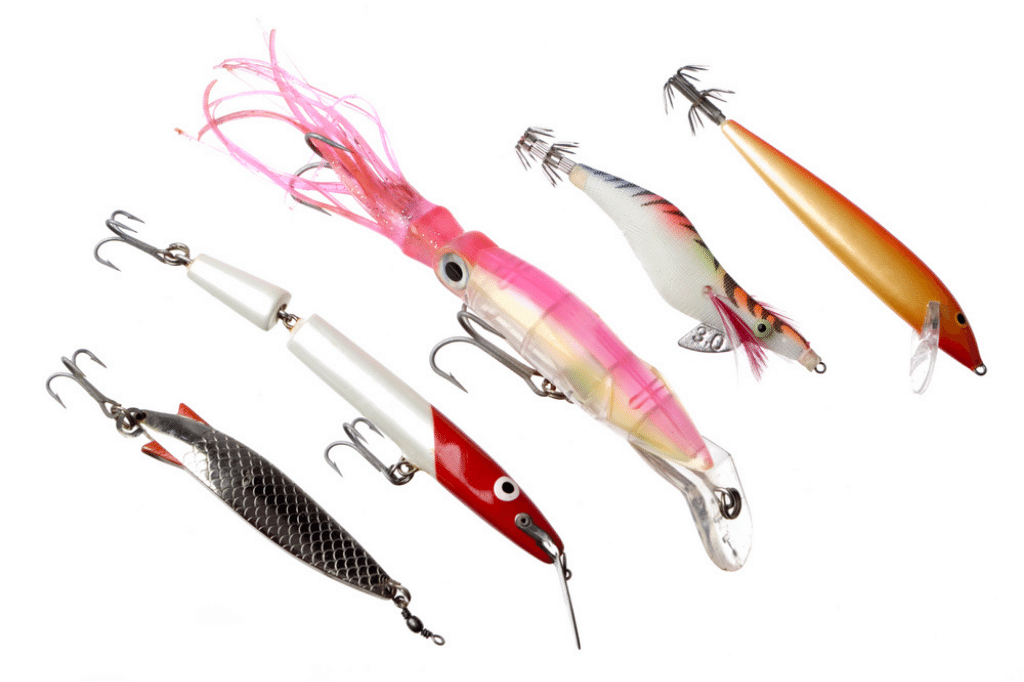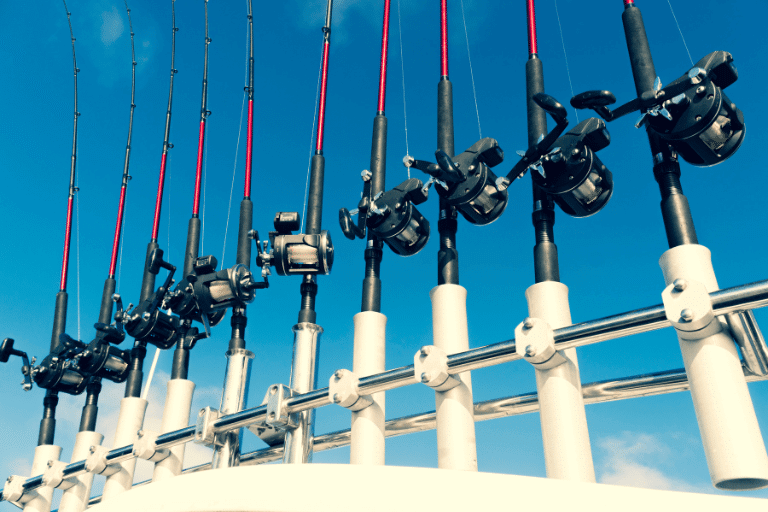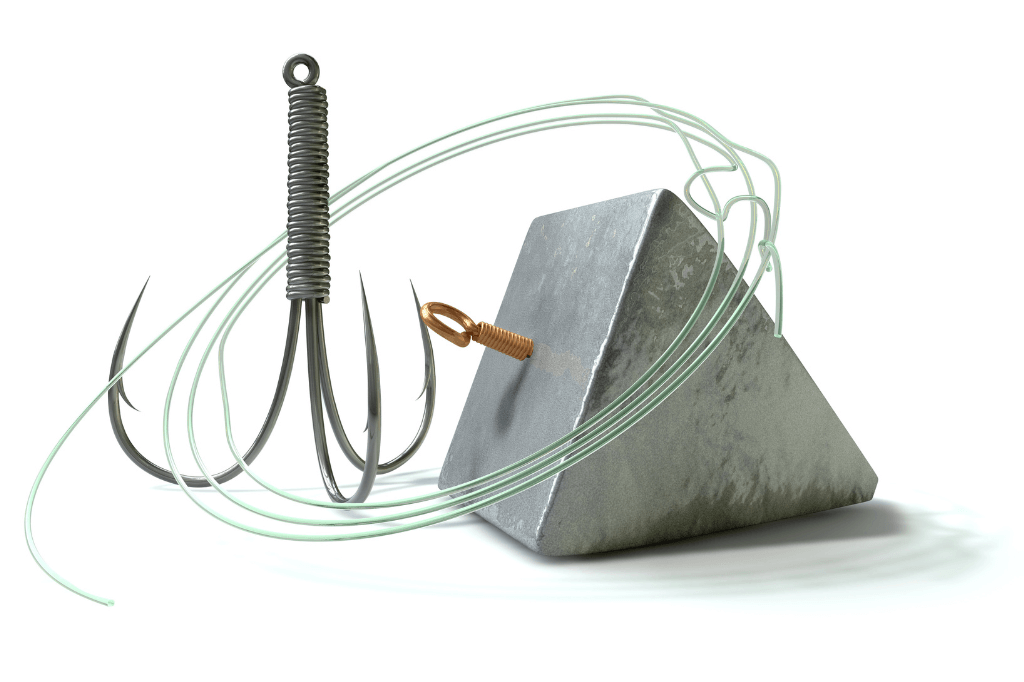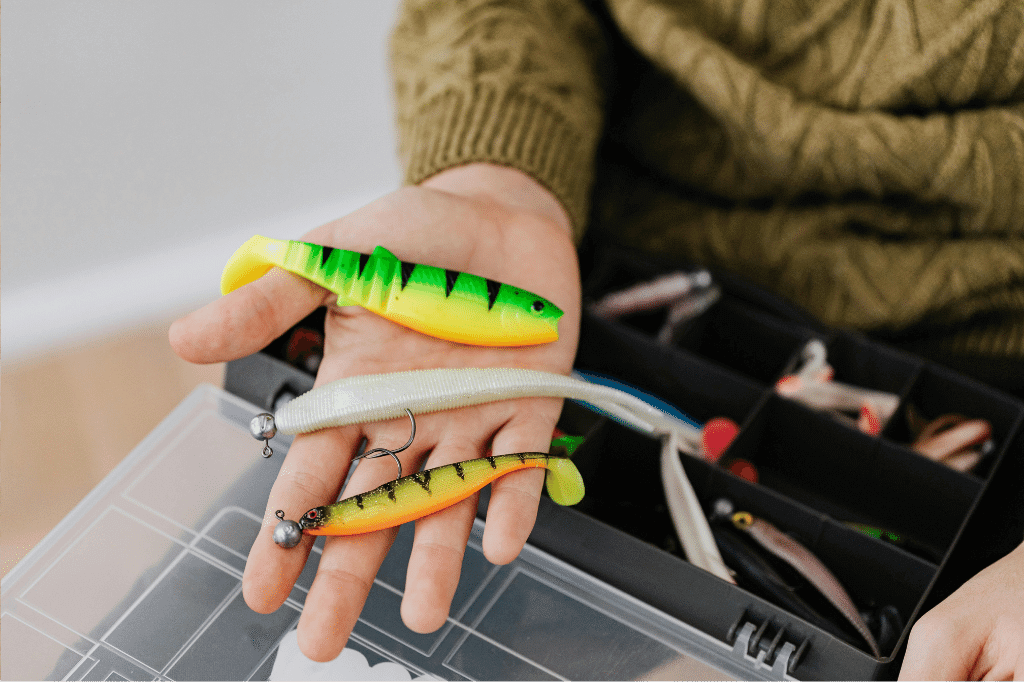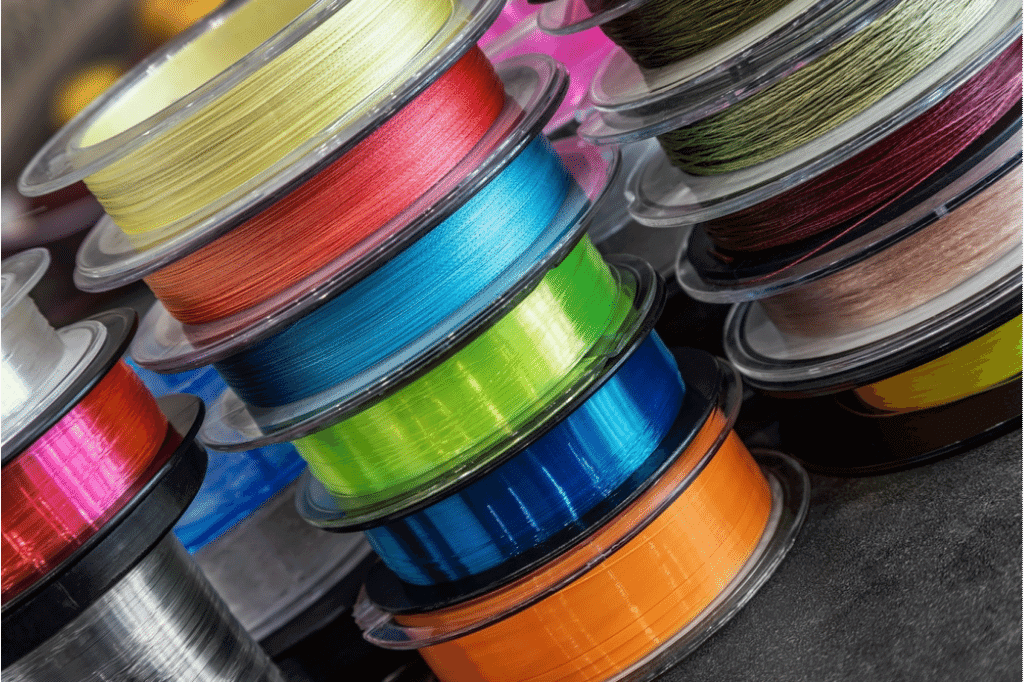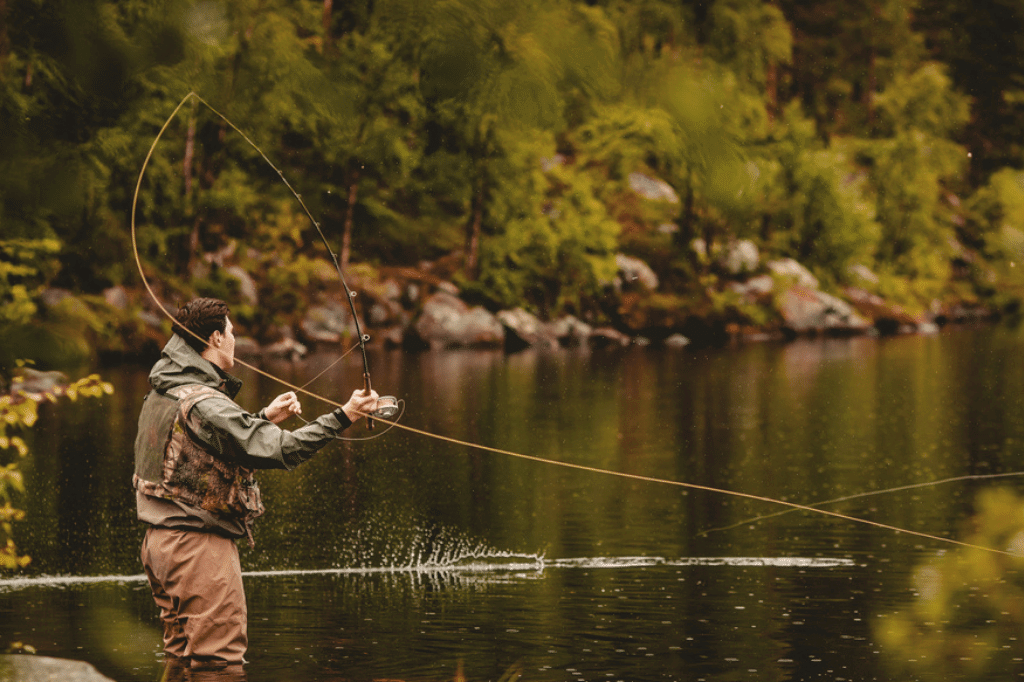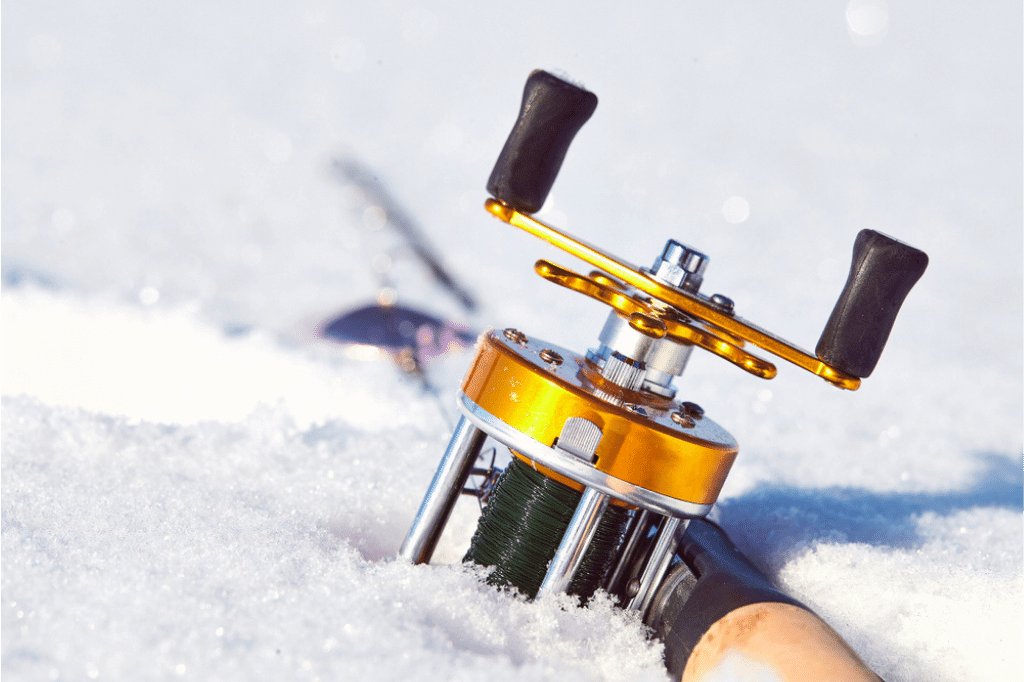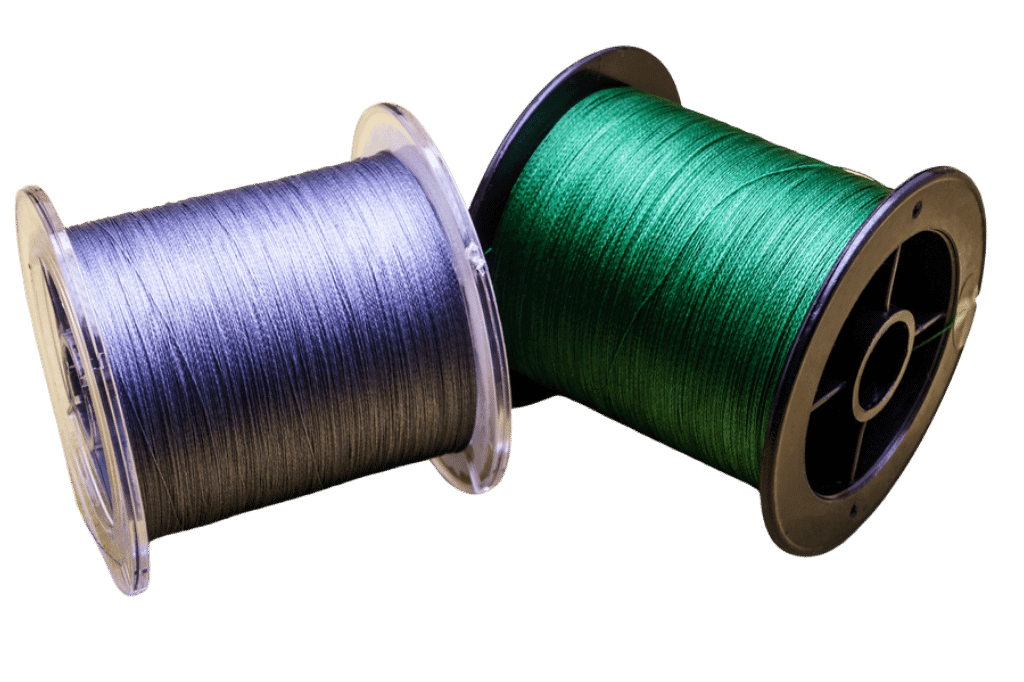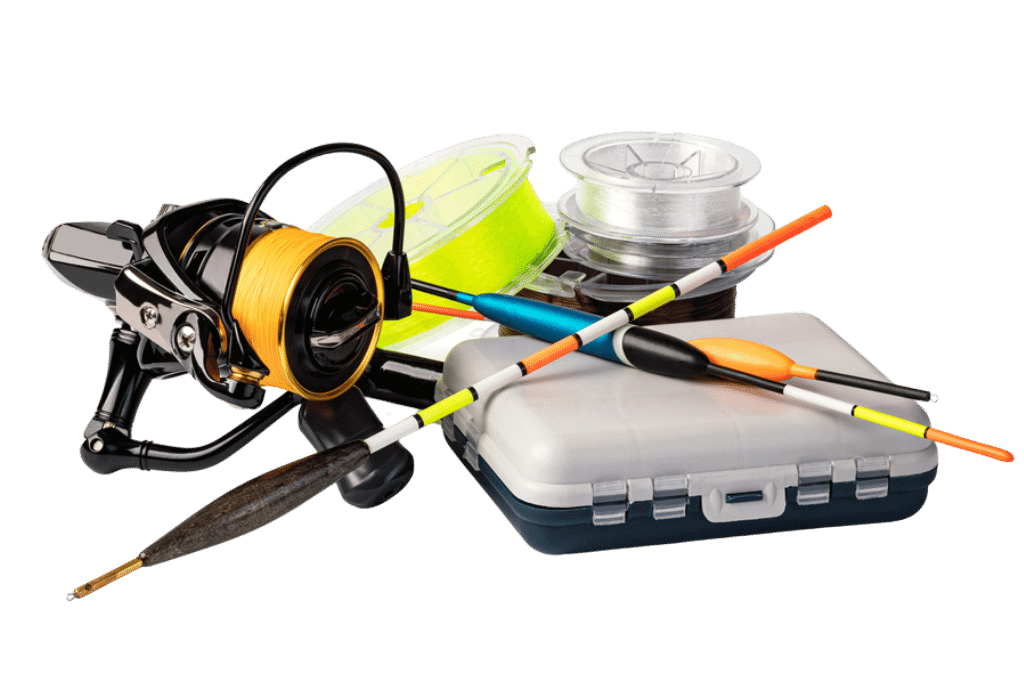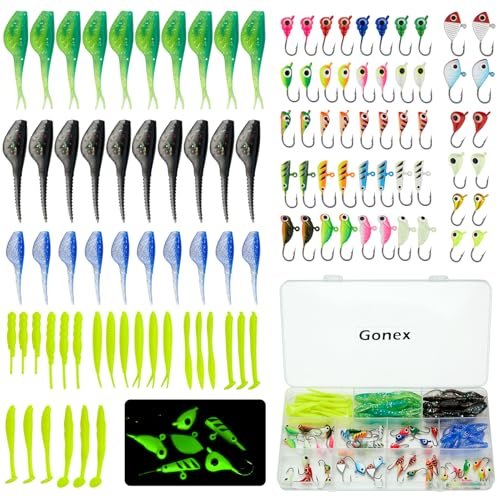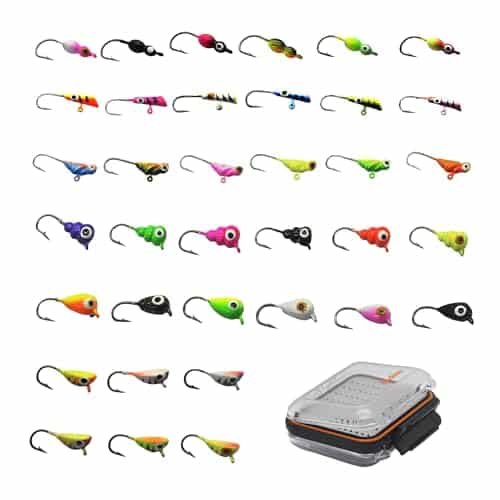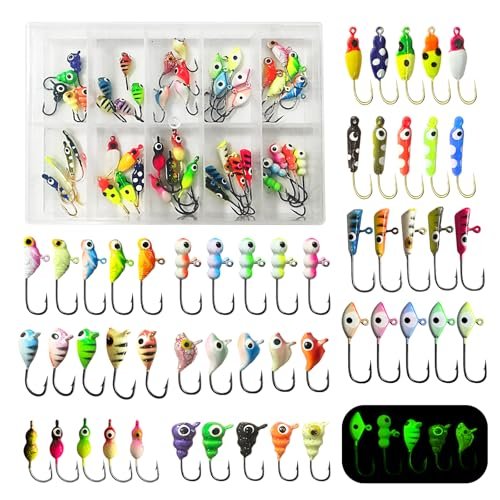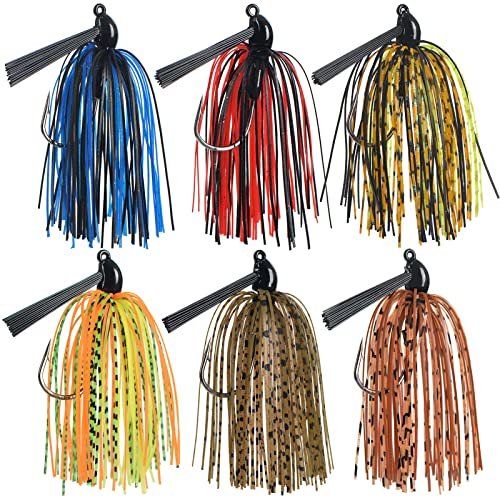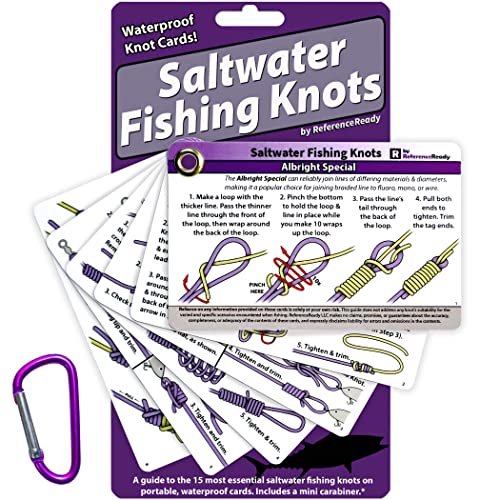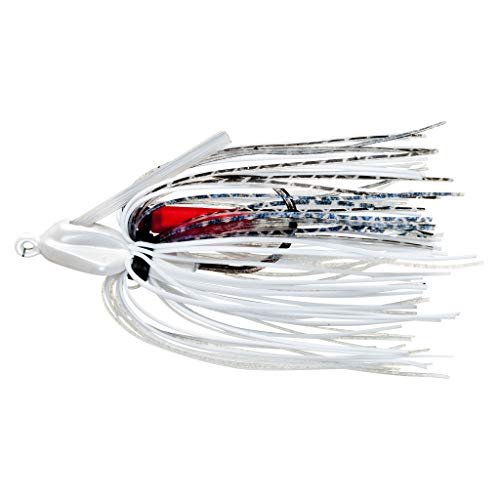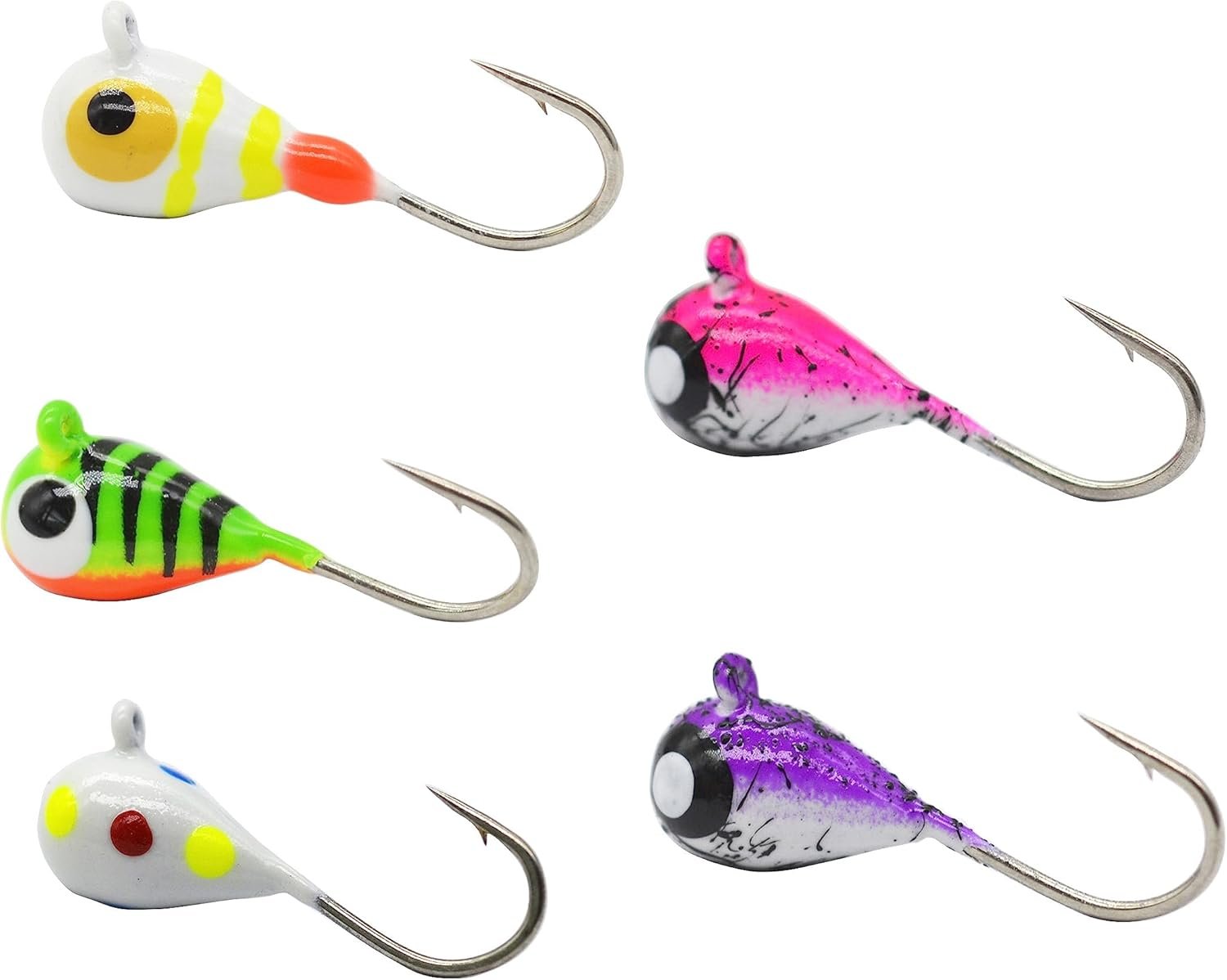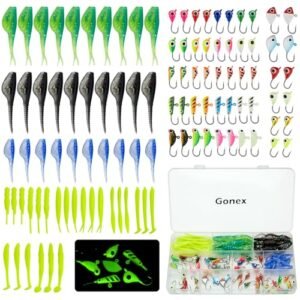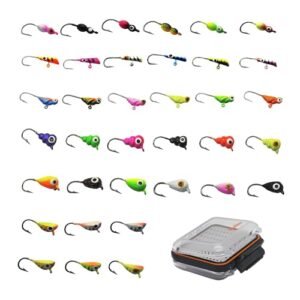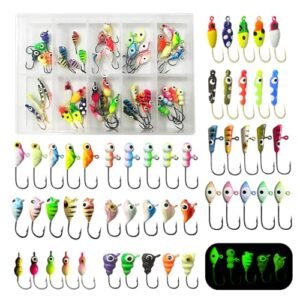Plugs are essential tools for anglers seeking to lure a variety of predatory fish, from bass to pike, with their realistic swimming action. Crafted for versatility, these lures come in an array of shapes, sizes, and colors to match local prey species, ensuring their effectiveness in different environments.
The buoyancy and diving depth are determined by the lure’s design, which often includes a lip or bib that causes it to wobble and dive when retrieved through the water. As an integral part of any tackle box, plugs are highly valued for their ability to attract bites in both freshwater and saltwater angling. Mastering their use can greatly increase an angler’s success, making it crucial to understand the specific behaviors of target fish species and adjust plug selection accordingly for optimal results.

Credit: www.amazon.com
What Are Fishing Plugs?
Types Of Fishing Plugs
Diversity rules in the world of fishing plugs. Each type has a unique design. It suits various fishing conditions and target fish species. Here is a brief overview:- Crankbaits: Designed to dive underwater and wobble like a baitfish.
- Topwater Plugs: Float on the surface, mimicking injured prey to provoke strikes.
- Minnow Plugs: Resemble small fish; effective for predatory game fish.
- Jerkbaits: Made to be jerked through the water to create an erratic action.
How Fishing Plugs Work
Understanding plug mechanics enhances fishing success. Here’s how they work:- Anglers cast the plug into the water.
- The plug’s design determines its movement: diving, wobbling, or floating.
- The motion mimics live prey, triggering an instinctual response from fish.
- Fish strike the plug, mistaking it for a real meal.
Choosing The Right Fishing Plugs
Consider Fishing Location
Water depth and structure influence plug choice. Shallow waters with lots of cover need topwater plugs. Deeper areas require plugs that dive deeper and can reach those fish hiding below. Consider your environment:- Rivers with current: Heavier plugs that won’t drift away
- Lakes: Versatile plugs that mimic various baitfish
- Ocean: Plugs for trolling that withstand saltwater conditions
Match The Hatch
Your plug should mirror the prey the fish eat. Observe the local insects, crustaceans, and baitfish. For example, use a plug that looks like a minnow in lakes full of them. Color, size, and action matter too. Here is a quick guide:| Water Clarity | Plug Color | Action Type |
|---|---|---|
| Clear | Natural hues | Subtle wobble |
| Murky | Bright or dark | Aggressive action |
Fish Species To Target
Know your target species for the best plug selection. Larger predators like pikes or muskies prefer bigger, more robust plugs. Bass often go for plugs with erratic movements. Consider these points:- Size of fish: Larger plugs for bigger fish
- Feeding habits: Surface plugs for top feeders
- Aggressiveness: More movement for aggressive species
Techniques To Use Fishing Plugs
Topwater Fishing
Topwater fishing excites both fish and angler. Cast your plug near reeds or logs. Watch for the right moment. The water will erupt as fish strike your lure on the surface. Make your plug dance with short, sharp pulls. This mimics injured prey, irresistible to predators.- Cast near structures.
- Wait for ripples to disappear before retrieving.
- Use short, sharp jerks to animate the plug.
Trolling
Trolling allows you to cover more water. Set the boat speed to match your plug’s design. Watch the line tension. Feel for the rhythmic motion of the plug through the water. Adjust the trolling depth based on where the fish are swimming.| Boat Speed | Plug Action | Depth Setting |
|---|---|---|
| Slow to moderate | Life-like swimming | Surface to mid-water |
| Faster | Erratic, fleeing motion | Mid-water to deep |
Jigging
Jigging with plugs targets fish lurking below. Drop your lure to the desired depth. Jerk the rod tip up sharply, then let the plug flutter down. This up-and-down motion mimics a wounded baitfish. Pay attention to the fall, as strikes often occur on the drop.- Drop the plug to the strike zone.
- Jerk the rod tip up sharply, then let the plug fall.
- Keep line tension, to sense subtle bites.

Credit: www.amazon.com
Maintenance And Storage Of Fishing Plugs
Cleaning Your Fishing Plugs
After a successful fishing trip, it’s important to clean your plugs effectively. Salt, dirt, and fish residue can damage them. Follow these steps:- Rinse each plug with fresh water.
- Use a mild detergent for a deeper clean.
- Soft brushes help reach tiny crevices.
- Paper towels dry the plugs thoroughly.
- Check for damaged parts to replace.
Storing Your Fishing Plugs
Effective storage protects your plugs from damage. Keep these tips in mind:- Avoid direct sunlight to prevent color fading.
- Control humidity to stop rust and corrosion.
- Use organized tackle boxes with divided sections.
- Keep hooks sharp and separated to avoid tangling.
Fishing Plug Brands To Consider
Rapala
Rapala has a storied history and a staunch following. Known for their finely crafted plugs, they mimic a wounded baitfish swimming motion that predators can’t resist. Notable choices include:- Original Floating Rapala – The classic design that started it all.
- Rapala X-Rap – For a slashing action on the retrieve.
- Rapala Jointed – Adds extra motion to attract curious fish.
Heddon
The Heddon brand stands for durability and a legacy in plug manufacturing. Anglers go for Heddon when they need proven lures for any situation. Select options include:- Heddon Zara Spook – Perfect for a “walk the dog” topwater action.
- Heddon Rattlin’ Spook – Features a sound chamber for increased attraction.
- Heddon Super Spook Jr. – A compact version for finesse fishing.
Yo-zuri
Yo-Zuri plugs are praised for their advanced technology and high-visibility finishes. They are essential for clear water and finicky fish. Top picks are:- Yo-Zuri 3D Inshore Twitchbait – Lifelike appearance and action.
- Yo-Zuri Crystal Minnow – Reflective body material captures light.
- Yo-Zuri Hybrid Minnow – A blend of versatility and robust design.

Frequently Asked Questions On Fishing Plugs
What Are Plugs Used For In Fishing?
Plugs are a type of lure used in fishing to mimic the appearance and movement of small fish or prey, to attract larger fish. They often have multiple hooks and can float, dive or wobble when retrieved.
What Does Pulling Plugs Mean In Fishing?
Pulling plugs in fishing refers to trolling or casting with a plug lure to mimic a swimming baitfish and attract predatory fish.
What Is A Fishing J Plug?
A fishing J plug is a lure designed for trolling, resembling baitfish, with an erratic, darting action to attract game fish like salmon.
How Do You Fish A Bass Plug?
Select a bass plug suitable for your target water conditions. Cast your line, allowing the plug to hit the surface. Vary retrieval speed to mimic live bait, using jerks and pauses. Keep the rod tip up and remain alert for strikes to quickly set the hook when a bass bites.
Conclusion
Selecting the right fishing plugs can truly elevate your angling game. Master the art of using these lures for a rewarding catch. Remember, practice and patience go hand in hand with successful fishing trips. So gear up, cast out, and enjoy the thrill of reeling in your next big fish!

